Nationality American Role Architect Name Wallace Harrison | Occupation Architect | |
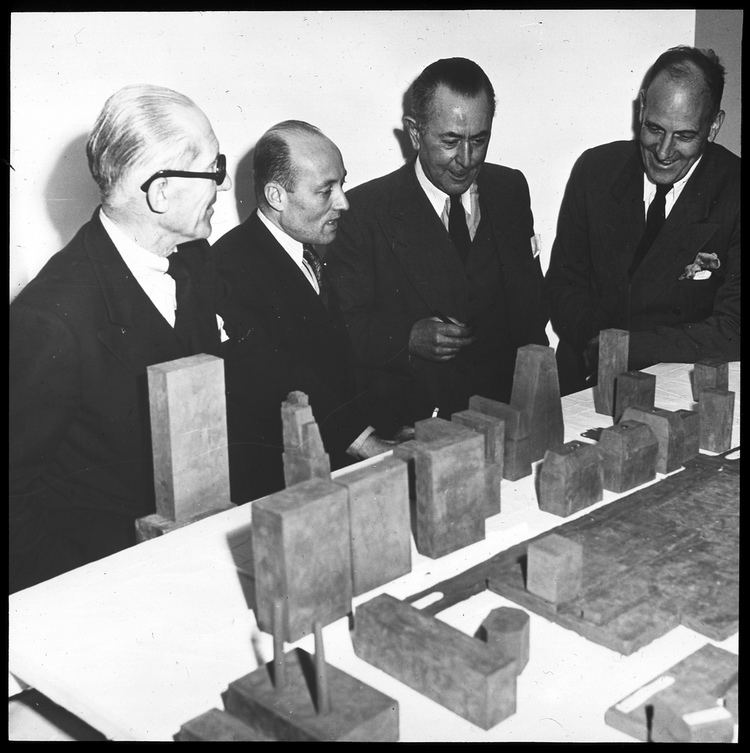 | ||
Full Name Wallace Kirkman Harrison Projects Rockefeller CenterLincoln Center for the Performing Arts Died December 2, 1981, New York City, New York, United States Education Ecole nationale superieure des Beaux-Arts Structures Metropolitan Opera House, The Egg, Trylon and Perisphere, David Geffen Hall, Time‑Life Building Similar People Max Abramovitz, Philip Johnson, Raymond Hood, Harry Weese, Richard Pena | ||
Wallace harrison ias library
Wallace Kirkman Harrison (September 28, 1895 – December 2, 1981) was an American architect. Harrison started his professional career with the firm of Corbett, Harrison & MacMurray, participating in the construction of Rockefeller Center. He is best known for executing large public projects in New York City and upstate, many of them a result of his long and fruitful personal relationship with Nelson Rockefeller, for whom he served as an adviser.
Contents
- Wallace harrison ias library
- Max Abramovitz Mid Century Masters part 1
- Career
- Personal life
- Major projects
- References
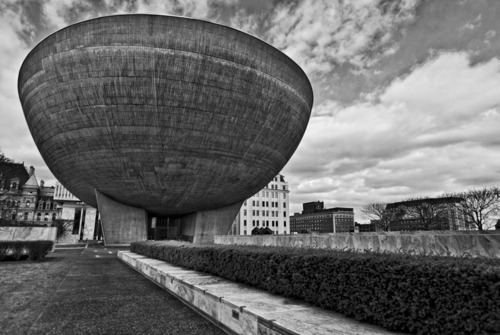
Max Abramovitz: Mid-Century Masters part 1
Career
Harrison's work in the mid-twentieth century comprised large, modernist public projects and office buildings. As a young man, Harrison took classes in engineering at Worcester Polytechnic Institute and in architecture at the Boston Architectural Club; he studied at the École des Beaux-Arts in the early 1920s and worn the Rotch Taveling Scholarship in 1922. He worked for McKim, Mead & White and Bertram Grovesnor Goodhue from 1916 to 1923, and later formed a series of architectural partnerships. Harrison participated with the architectural teams designing the art deco Rockefeller Center complex in New York City, completed in 1939. His brother-in-law was married to John D Rockefeller'Jr's daughter, Abigail and Harrison serve as a designer and architectural adviser for Nelson Rockefeller, notably in the years when Rockefeller was governor of New York.

In 1941 Harrison joined with Max Abramowitz to form the firm of Harrison & Abramowitz. In partnership with Abramovitz, Harrison designed scores of university and corporate buildings, including the Time & Life (1959) and Socony-Mobil (1956), both designated New York City landmarks.
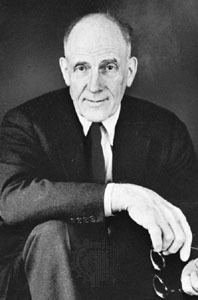
Among Harrison's most noted projects are the Metropolitan Opera House at the Lincoln Center for the Performing Arts and the Empire State Plaza in Albany; he also served as Director of Planning on the United Nations complex, which was built on slaughter-house property contributed by the Rockefeller family (the Rockefellers owned the Tudor City Apartments across First Avenue). Harrision also developed the design for the Pershing Memorial in Washington, D.C. (today referred to as Pershing Park, and home to the United States World War I Memorial). In addition to his architectural work, Harrison served as master planner and supervising architect for a number of important Long Island-based projects, including the World's Fairs of 1939 and 1964 in Flushing, Queens, and LaGuardia and Idlewild (now John F. Kennedy) airports.
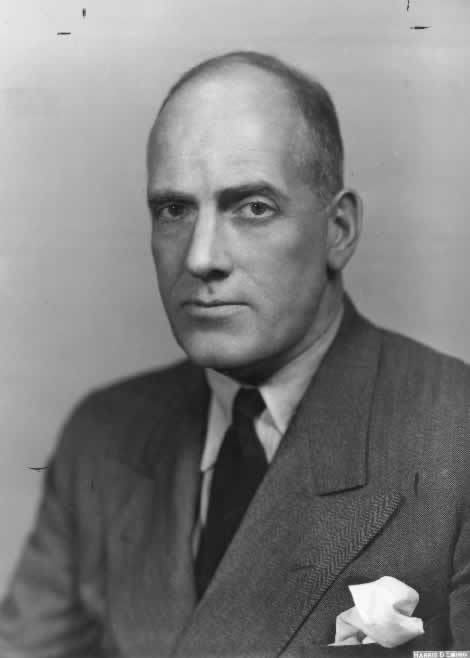
Harrison's major projects are marked by straightforward planning and sensible functionalism, although his residential side-projects show more experimental flair. In 1931, Harrison established an 11-acre (4.5 ha) summer retreat in West Hills, New York, which was a very early example and workshop for the International Style in the United States, and a social and intellectual center of architecture, art, and politics. The home includes a 32-foot (9.8 m) circular living room that is rumored to have been the prototype for the Rainbow Room in Rockefeller Center. Two other circular rooms complete the center of Harrison's design. Frequent visitors and guests included Nelson Rockefeller, Robert Moses, Marc Chagall, Le Corbusier, Alexander Calder and Fernand Léger. Harrison's expansive country property also exhibited his relationships with contemporary architects. For example, shortly after purchasing the property in 1931, Harrison and his wife bought the Aluminaire House, an iconic, compact, ready-to-assemble steel-and-aluminum structure designed by Swiss architect Albert Frey and then editor of Architectural Record, A. Lawrence Kocher.
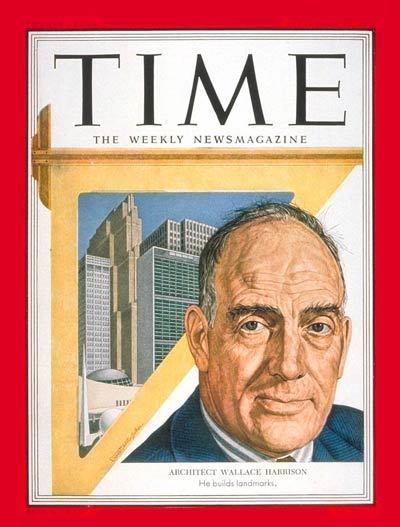
Harrison collected works by Calder and Léger and commissioned new ones for buildings that he designed, including his Long Island country house in West Hills, New York; a pavilion at the 1939 New York World's Fair; parts of Rockefeller Center; and the United Nations headquarters. Léger waited out part of World War II by painting a mural at the bottom of Harrison's swimming pool. Léger also created a large mural for the home's circular living room and sculpted an abstract form to serve as a skylight. Calder's first show is said to have taken place at the home.
Between 1941 and 1943, Harrison designed and built the Clinton Hill Coops, a 12-building coop complex split between two "campuses" along Clinton Ave. in Brooklyn, New York, to house the Brooklyn Navy Yards workers.
Harrison's architectural drawings and archives are held by the Drawings and Archives Department of Avery Architectural and Fine Arts Library at Columbia University.
Harrison was a member of the U.S. Commission of Fine Arts from 1955 to 1959. In 1967, Harrison received the AIA Gold Medal. In 1938, he was elected into the National Academy of Design as an Associate member, and became a full Academician in 1948.
Personal life
Harrison was married to Ellen Hunt Milton in 1926. They had a daughter, Sarah, and lived in Manhattan and Seal Harbor, Maine.
